Every October, we recognize Eczema Awareness Month — a time to educate, empower, and support the millions who live with eczema every day.
Eczema (also known as atopic dermatitis) isn’t simply “dry skin.” It’s a chronic inflammatory condition that occurs when the skin barrier doesn’t retain moisture effectively, allowing irritants and allergens to trigger inflammation and itchiness. According to Johns Hopkins Medicine (2025), eczema affects up to 30% of children and nearly 10% of adults in the United States — and its impact goes far beyond the surface.
At Rejûvaskin, our mission is to promote skin resilience and comfort. This month, we’re shining a light on what eczema really is, what triggers it, and how you can build a gentle, supportive skincare routine to strengthen your barrier year-round.
Understanding Eczema: More Than Just Itchy Skin
Eczema is the result of both genetic and environmental factors. When the skin barrier is compromised, moisture escapes and irritants get in, causing inflammation, redness, and itching (Mayo Clinic, 2025).
It’s important to remember that eczema is not contagious, and flare-ups can vary widely from person to person. Some people experience seasonal flares in cold, dry weather; others are affected by stress, heat, or certain fabrics. Managing eczema is about finding your triggers — and supporting your skin’s natural defenses daily.
Common Eczema Triggers
Eczema triggers differ for everyone, but dermatologists and the National Eczema Association (2025) identify these as the most common:
-
Dry air and low humidity: When air moisture drops, your barrier loses water quickly.
-
Harsh cleansers and fragrances: Strong detergents or perfumes strip protective lipids.
-
Stress: Stress hormones can increase inflammation, worsening flares.
-
Heat and sweat: Overheating can irritate sensitive skin.
-
Certain fabrics: Rough textures like wool and synthetic blends can aggravate eczema.
Pro Tip: Keep a “flare journal.” Tracking when and where flares happen can help pinpoint triggers and patterns over time (APDerm, 2024).
How to Build an Eczema-Friendly Routine
1. Gentle Cleansing
Use a mild, fragrance-free, pH-balanced cleanser. Hot water can worsen dryness, so stick to lukewarm temperatures.
2. Lock in Moisture Early
Apply moisturizer within three minutes after bathing — known as the “soak and seal” method (American Academy of Dermatology, n.d.). This locks in hydration and helps restore the lipid barrier.
3. Hydrate and Repair the Barrier
Moisturizers containing ceramides, aloe vera, and natural butters replenish lost lipids and relieve dryness. Apply at least twice daily, even when skin feels calm.
4. Target Flare-Ups Wisely
If prescribed medicated creams, apply them before moisturizers. Always follow your dermatologist’s instructions to avoid overuse or thinning of the skin.
5. Protect Overnight
Eczema symptoms often worsen at night due to increased transepidermal water loss (TEWL). Use a richer cream in the evening and consider cotton gloves or wraps if scratching occurs during sleep.
How Rejûvaskin Can Support Sensitive, Eczema-Prone Skin
Rejûvaskin products aren’t medical treatments — but they are formulated with gentle, dermatologist-tested ingredientsthat nurture dry, irritated, or post-treated skin. For those managing eczema, these formulas can offer hydration, comfort, and protection.
Rejûvaskin Skin Recovery Cream
Formulated with aloe, botanical extracts, and barrier-supporting lipids, this cream calms irritated skin and replenishes moisture — especially helpful for sensitive or compromised skin.
ReVita-D Facial Moisturizer
A hydrating, antioxidant-rich moisturizer designed to strengthen and restore skin’s protective layer. Its lightweight texture makes it suitable for daily use on sensitive facial skin.
Stellar Routine Bundle
Rejûvaskin’s complete AM/PM system helps simplify consistent care. During flare-ups, focus on the hydrating and calming steps of your bundle, skipping exfoliants or retinoids until the skin barrier stabilizes.
Simple Tips for Eczema Awareness Month
-
Moisturize twice daily, even when skin feels normal.
-
Avoid fragrances, dyes, and harsh detergents.
-
Keep indoor humidity above 40%.
-
Wear soft, breathable fabrics (like cotton).
-
Manage stress with rest, gentle exercise, or mindfulness.
-
Consult a dermatologist if your skin becomes cracked, infected, or painful.
Eczema is more than a skin condition — it’s an ongoing journey of understanding and care. This Eczema Awareness Month, let’s commit to learning, supporting, and showing compassion — for ourselves and others managing sensitive skin.
By pairing medical guidance with barrier-focused skincare and consistency, you can help your skin stay calm, hydrated, and resilient — all year long.
Works Cited
American Academy of Dermatology. (n.d.). Eczema: Overview and management. Retrieved October 2025, from https://www.aad.org/public/diseases/eczema
APDerm. (2024, October 1). Living with chronic eczema: More than just a skin issue. https://www.apderm.com/blog/more-than-just-a-skin-issue-living-with-chronic-eczema-for-national-eczema-awareness-month/
Hopkins Medicine. (2025, October 1). October is Eczema Awareness Month.https://www.hopkinsmedicine.org/news/newsroom/news-releases/2025/10/october-is-eczema-awareness-month
Mayo Clinic. (2025). Atopic dermatitis (eczema) — symptoms and causes. https://www.mayoclinic.org/diseases-conditions/atopic-dermatitis/symptoms-causes/syc-20353273
National Eczema Association. (2025). Eczema triggers and management. https://nationaleczema.org/eczema-awareness-month
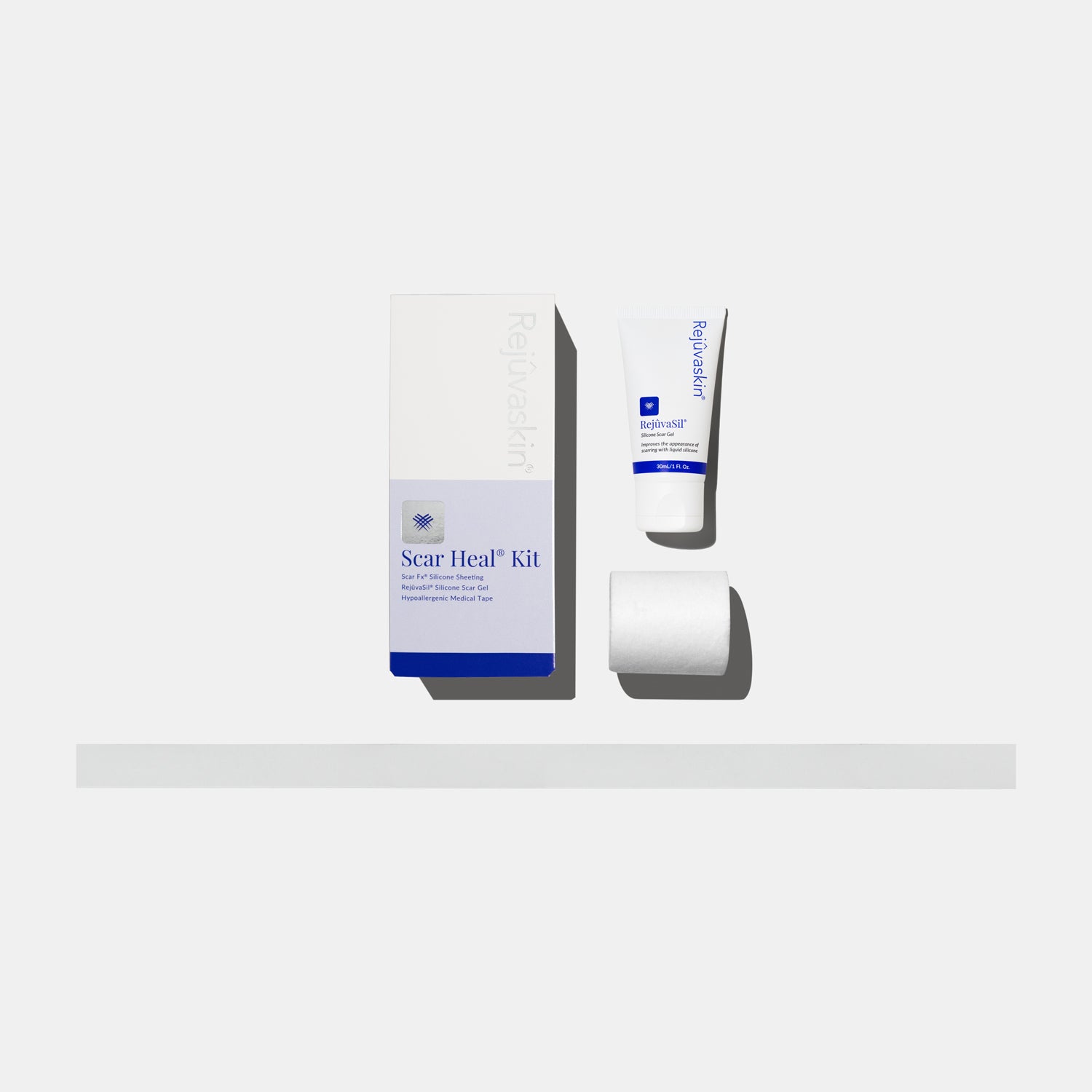


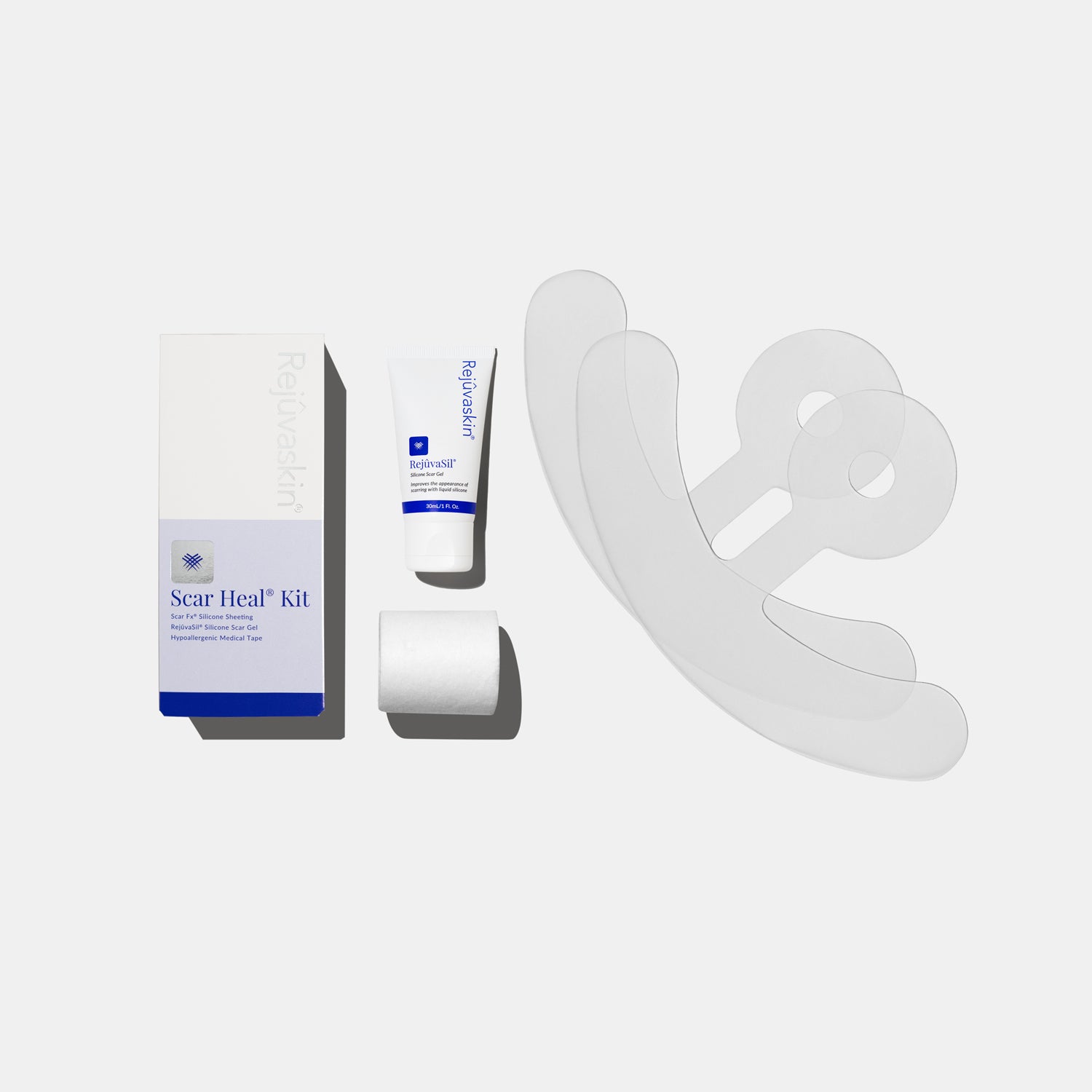
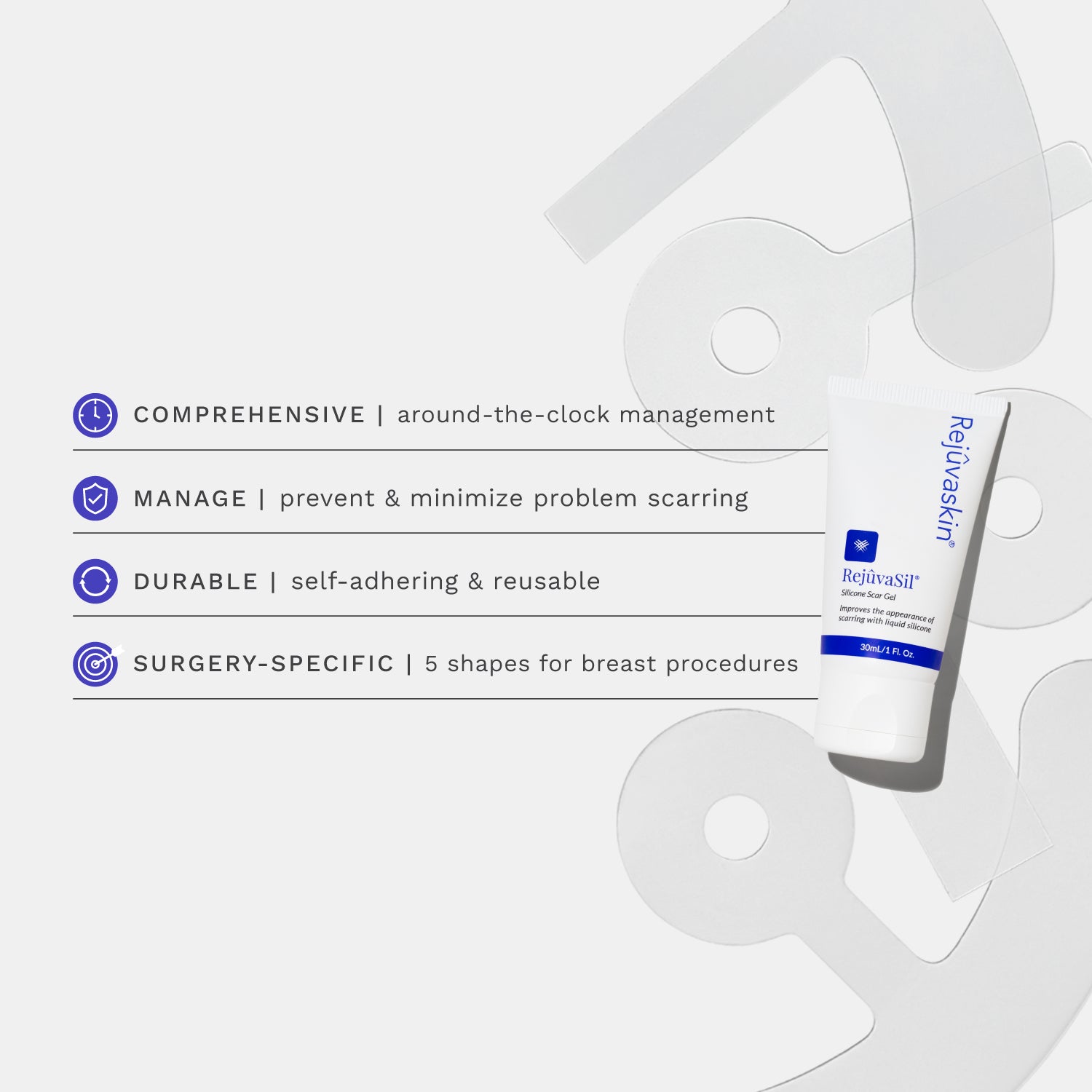

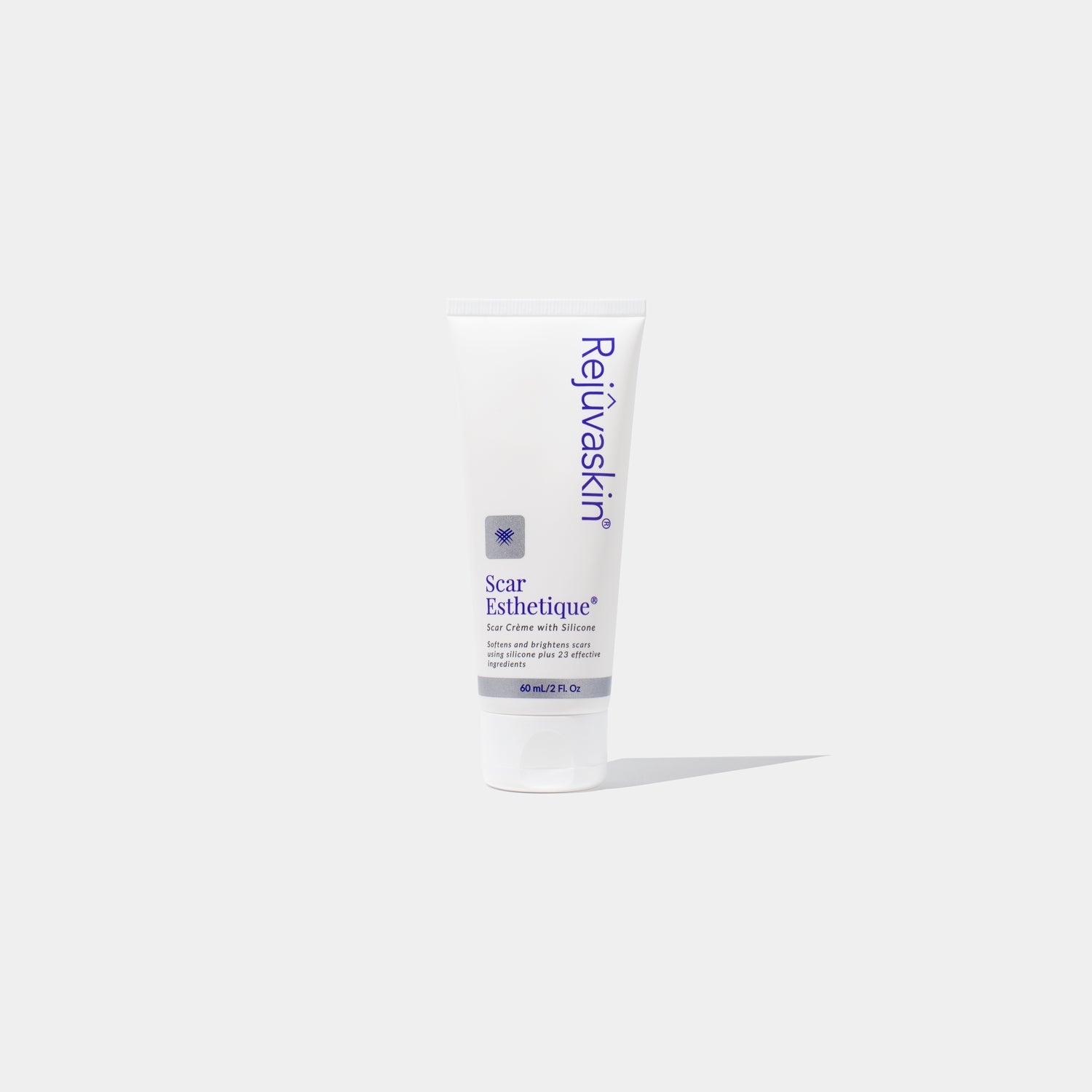
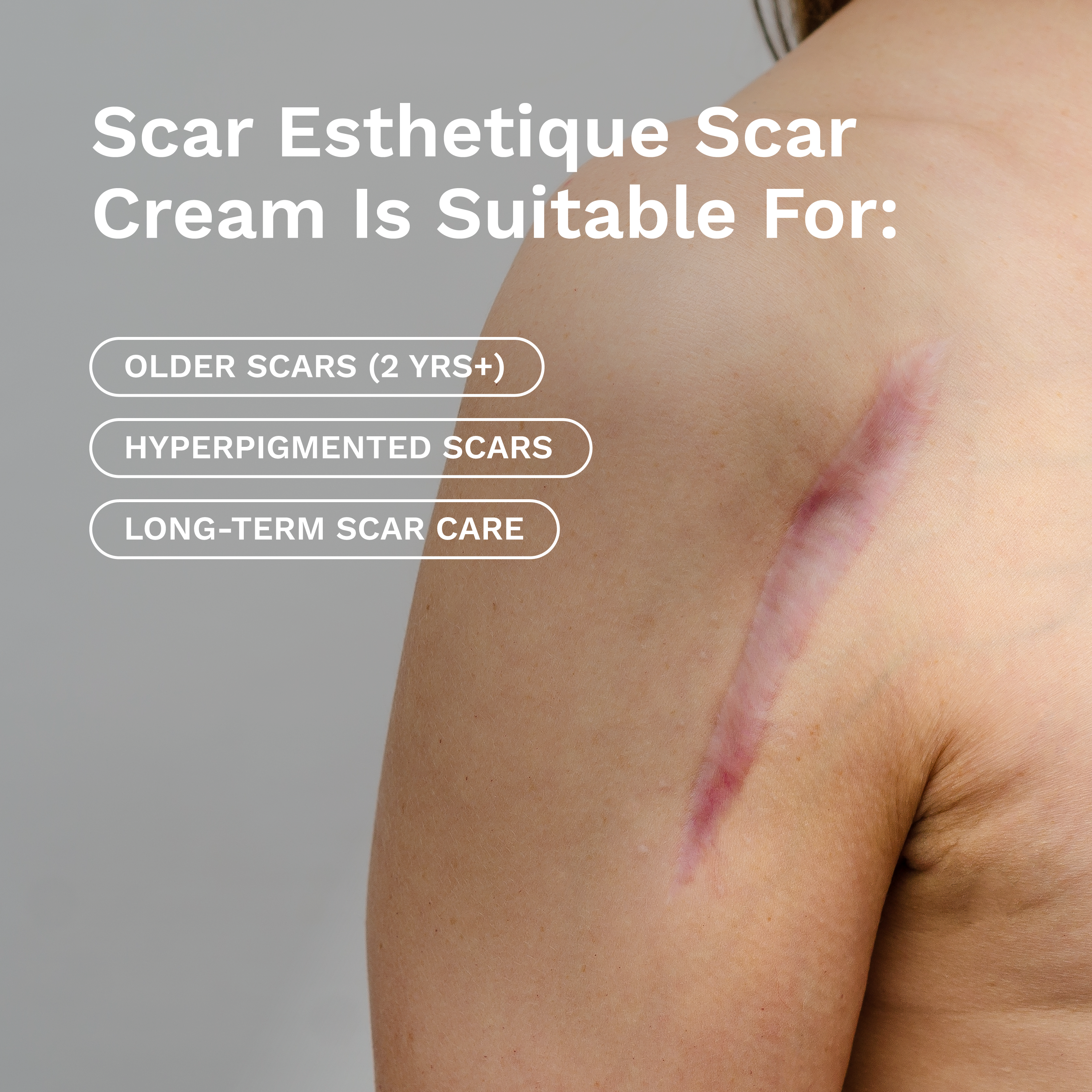








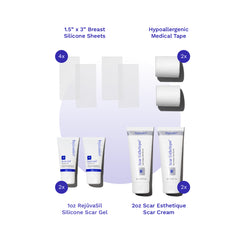
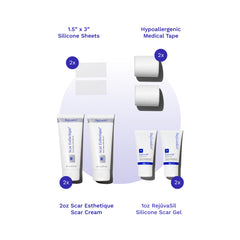

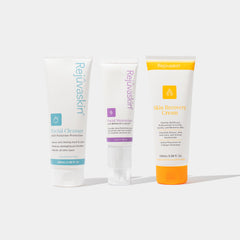

Leave a comment